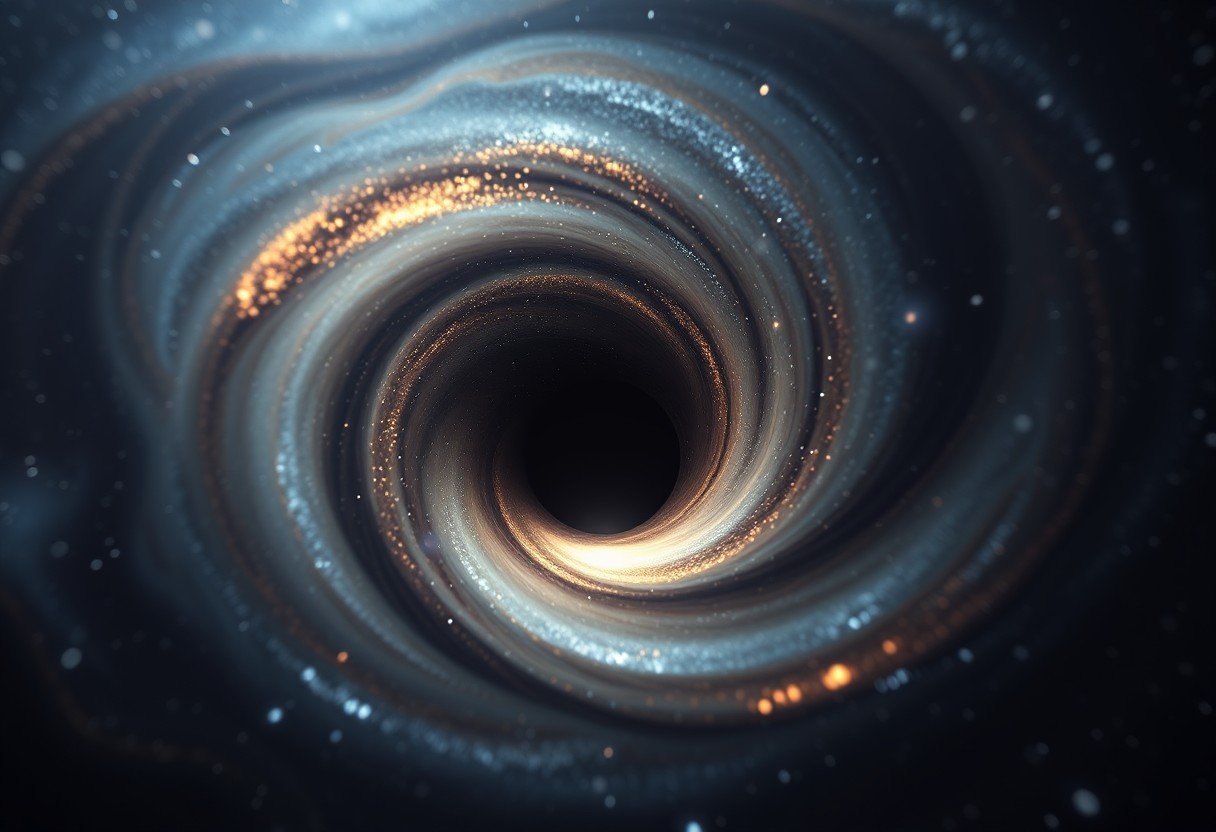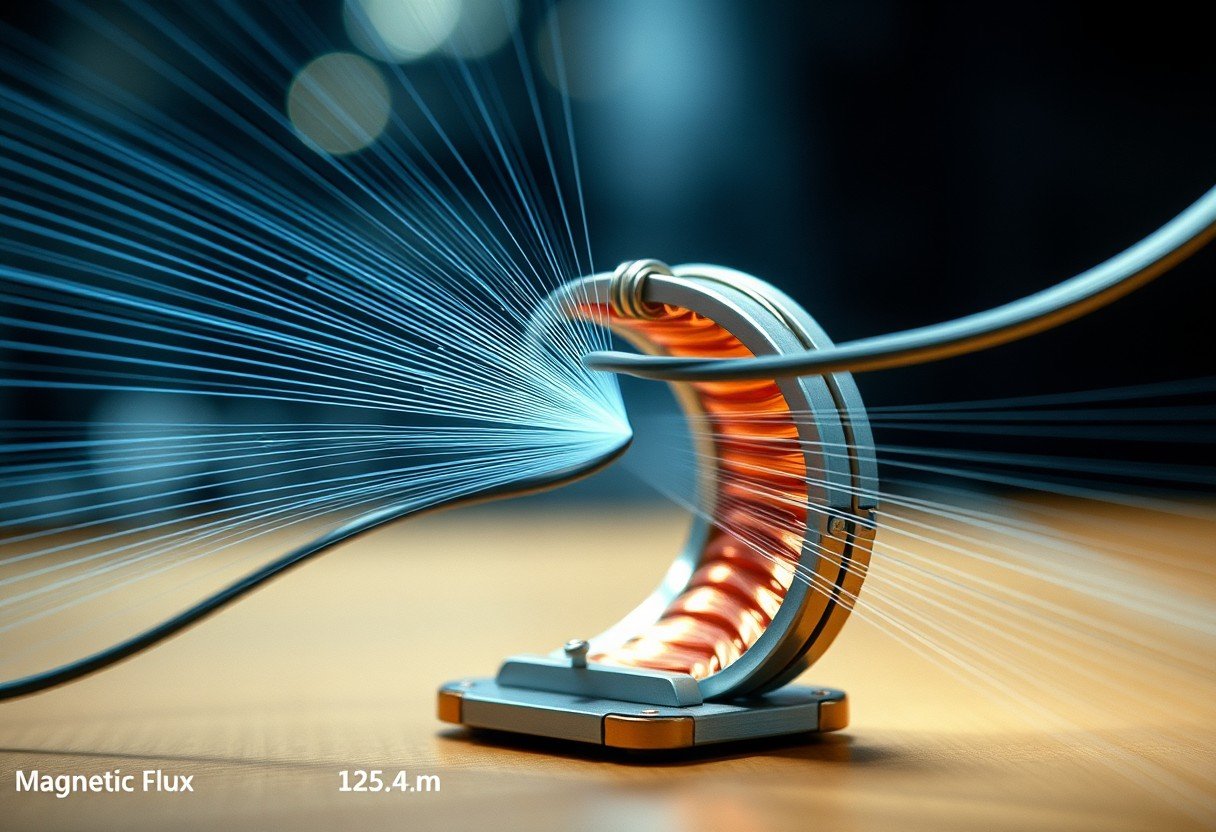If your mass is 60 kg on Earth, you might be surprised to learn that your mass would be exactly the same on the Moon: 60 kg. This is because mass measures the amount of matter in your body, which doesn’t change with location. What does change is your weight, which is the force of gravity pulling on your mass. Understanding this key difference is crucial not just for physics class, but for grasping how space exploration works.
What is the Real Difference between Mass and Weight?
In everyday conversation, we often use the terms “mass” and “weight” as if they mean the same thing. However, in science, they are two very distinct concepts. Knowing the difference helps explain why astronauts can leap so high on the lunar surface.
Mass is the measure of how much “stuff” or matter is inside an object. It is an intrinsic property that remains constant no matter where you are in the universe. Whether you are on Earth, Mars, or floating in deep space, your mass stays the same.
Weight, on the other hand, is a force. It is the measurement of the gravitational pull on an object’s mass. Because gravity varies from one celestial body to another, your weight can change dramatically depending on your location. It is calculated using the formula: Weight = Mass × Gravitational Acceleration.
How Gravity on the Moon Compares to Earth
The reason your weight would be different on the Moon is because the Moon has a much weaker gravitational pull than Earth. A celestial body’s gravity is determined by its own mass and size. Since the Moon is much smaller and less massive than our planet, its gravitational force is significantly weaker.
On Earth, the acceleration due to gravity is approximately 9.81 meters per second squared (m/s²). This is the standard force we are all accustomed to. The Moon’s gravity is only about 1.62 m/s², which is roughly one-sixth of Earth’s gravity. This massive difference is what leads to the feeling of “weightlessness” experienced by astronauts.
Calculating Your Weight on Different Worlds
While your mass remains a constant 60 kg, we can easily calculate how your weight would change between Earth and the Moon. Using the formula for weight, the difference becomes clear.
On Earth, your weight would be 60 kg multiplied by 9.81 m/s², which equals 588.6 Newtons (N). The Newton is the scientific unit used to measure force, including weight.
On the Moon, your weight would be 60 kg multiplied by 1.62 m/s², resulting in only 97.2 Newtons. This means you would weigh about six times less on the Moon than you do on Earth, even though your body is made of the same amount of matter.
| Location | Mass | Gravitational Acceleration (approx.) | Weight (approx.) |
|---|---|---|---|
| Earth | 60 kg | 9.81 m/s² | 588.6 N |
| Moon | 60 kg | 1.62 m/s² | 97.2 N |
How Would Less Gravity Affect Your Body and Movement?
Living in a low-gravity environment like the Moon would have a profound impact on how you move and how your body functions over time. The reduced pull would make physical activities feel completely different.
With only one-sixth of the gravitational force holding you down, you could jump much higher and farther with the same amount of effort. Lifting heavy objects would also become incredibly easy. This enhanced mobility is one of the most noticeable effects of being on the lunar surface.
However, there are also significant long-term biological consequences to consider. The human body is adapted to Earth’s gravity, and without that constant resistance, certain health issues can arise.
- Muscle Atrophy: Your muscles would not have to work as hard to support your body, leading them to weaken and shrink over time.
- Bone Density Loss: Similar to muscles, bones need the stress of gravity to maintain their density. In a low-gravity environment, bones can become brittle, similar to osteoporosis.
- Cardiovascular Changes: The heart would not need to pump blood as forcefully against gravity, which could lead to a decrease in its size and overall cardiovascular deconditioning.
These challenges are why astronauts on the International Space Station spend several hours a day exercising to counteract the effects of microgravity.
Why This Concept is Critical for Space Missions
Understanding the distinction between mass and weight is not just a fun fact; it is fundamental to the success of all space missions. Engineers and scientists must account for these differences in every aspect of planning and design.
For example, the amount of fuel required to launch a rocket from Earth depends on its total mass, not its weight. Accurately calculating mass is essential for achieving orbit and traveling to other celestial bodies.
Furthermore, when designing rovers, habitats, and equipment for use on the Moon or Mars, engineers must consider the lower gravity. Materials can be lighter, and structures may not need to be as robust as they would on Earth. For future missions like NASA’s Artemis program, which aims to establish a sustainable human presence on the Moon, these calculations are critical for astronaut safety and mission efficiency.
Frequently Asked Questions about Mass and Weight
If my mass is 60 kg on Earth, what is it on the Moon?
Your mass will still be 60 kg on the Moon. Mass is a measure of the amount of matter in your body and does not change based on your location in the universe.
What is the main difference between mass and weight?
Mass is the amount of matter in an object and is constant everywhere, measured in kilograms (kg). Weight is the force of gravity acting on that mass and changes depending on the gravitational pull, measured in Newtons (N).
How much less would I weigh on the Moon?
You would weigh approximately six times less on the Moon. This is because the Moon’s gravitational pull is only about 1/6th as strong as Earth’s.
Why is the Moon’s gravity weaker than Earth’s?
The Moon’s gravity is weaker because it has significantly less mass and a smaller radius than Earth. A celestial body’s gravitational force is directly related to its mass and size.
Is it true that mass is constant everywhere in the universe?
Yes, the principle that mass is an intrinsic and constant property of matter holds true throughout the universe. Your mass would be the same on Earth, the Moon, Jupiter, or in deep space.
How is weight measured in science?
In science, weight is measured in Newtons (N) because it is a force. It is calculated by multiplying an object’s mass (in kg) by the local acceleration of gravity (in m/s²).









Leave a Comment